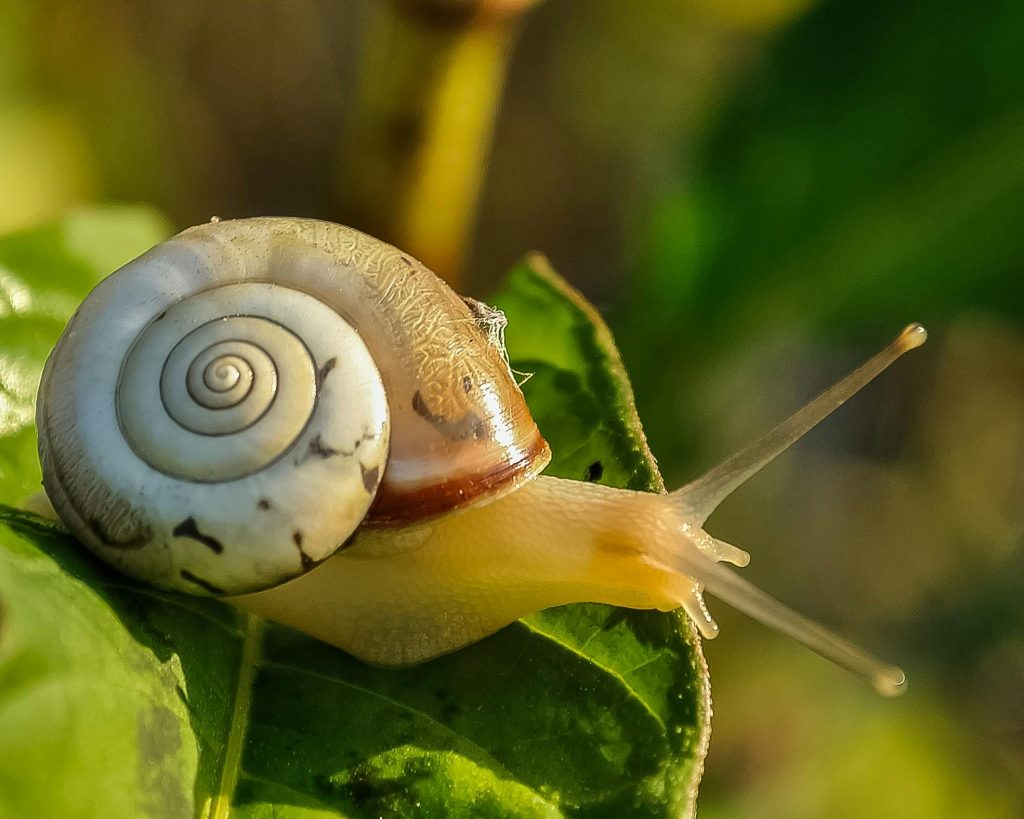What Is It That Brings Unwelcome Guests To Your Garden?
Photo by Pixabay
You’ve carefully nurtured your garden, planting seeds and watching them grow into a vibrant oasis. But just as you begin to enjoy the fruits of your labor, unwelcome guests arrive, turning your green haven into a battleground. These intruders, ranging from tiny insects to larger critters, can wreak havoc on your plants, leaving you frustrated and disheartened.
Consider Sarah, an avid gardener who spent months cultivating her vegetable patch. One morning, she discovered her lettuce leaves riddled with holes and her tomatoes chewed up. After some investigation, she found the culprits: a colony of slugs and a family of rabbits. Like many gardeners, Sarah had underestimated the persistence of garden pests and the diverse reasons they might be attracted to her garden.
If you’re experiencing similar challenges, it’s essential to understand what attracts these unwelcome guests to your garden. By identifying the key factors that lure pests and implementing effective deterrent strategies, you can protect your plants and enjoy a thriving garden. In this guide, we’ll explore the common reasons pests invade gardens and provide practical solutions to keep them at bay.
Long Grass
Maintaining long grass in your garden can significantly contribute to the attractiveness of your garden to pests. Long grass provides a perfect hiding and breeding ground for various pests, including ticks, mosquitoes, and rodents. These pests prefer the cool, shaded, and humid conditions that long grass offers. Ticks, for example, are known carriers of Lyme disease and thrive in overgrown grassy areas where they can easily latch onto humans and pets. Mosquitoes also find long grass appealing as it provides a moist environment where they can lay their eggs and shelter from the heat. Additionally, rodents such as mice and rats find tall grass a safe haven from predators, increasing the likelihood of infestations. Regular mowing and maintaining short grass can significantly reduce these risks by eliminating the preferred habitats of these pests.
Leaves and Twigs
Accumulations of leaves and twigs in your garden can create an inviting environment for pests. Piles of organic debris provide ideal hiding spots and breeding grounds for various insects and small animals. Ants, spiders, and other insects often use these piles for shelter, while decomposing leaves can attract slugs and snails that feed on plant material. Moreover, stagnant piles of leaves can retain moisture, making the environment even more suitable for pests that prefer damp conditions. To mitigate this issue, regularly clear away fallen leaves and twigs. Using a Worx battery leaf blower can make this task easier and more efficient, helping to keep your garden clean and less attractive to pests. A tidy garden looks better and reduces the habitats available for pests to thrive.
Food Sources
The presence of readily accessible food sources in your garden can attract a wide range of pests. This includes fallen fruit, uncovered compost piles, and improperly stored pet food. Ensure that all food sources are properly managed. Regularly harvest ripe fruit and vegetables, cover compost piles, and store pet food securely. Additionally, using companion planting and incorporating plants that attract beneficial insects can help manage pest populations. For example, planting marigolds can repel certain insects, while flowers like alyssum attract beneficial insects such as ladybugs and hoverflies that prey on common garden pests.
Standing Water
Standing water is among the most significant attractants for pests, particularly mosquitoes. Mosquitoes require stagnant water to lay their eggs, and even small amounts of water in items like birdbaths, plant saucers, or clogged gutters can serve as breeding sites. To reduce the attractiveness of your garden to mosquitoes and other pests, it’s crucial to eliminate sources of standing water. Regularly empty and refresh the water in birdbaths, ensure proper drainage in your garden, and clean out gutters and other water-collecting areas. Implementing these practices can significantly reduce the mosquito population and create a healthier, more enjoyable garden environment.
Safeguarding Your Garden’s Future
You can create a more secure and pleasant outdoor space by identifying and addressing the factors that attract unwelcome guests to your garden. Regular maintenance, proper plant selection, and natural deterrents are key to keeping pests at bay. Embrace these practices to ensure your garden remains a thriving, beautiful sanctuary for you and your loved ones. Protect your garden today and enjoy a pest-free environment all season long!




